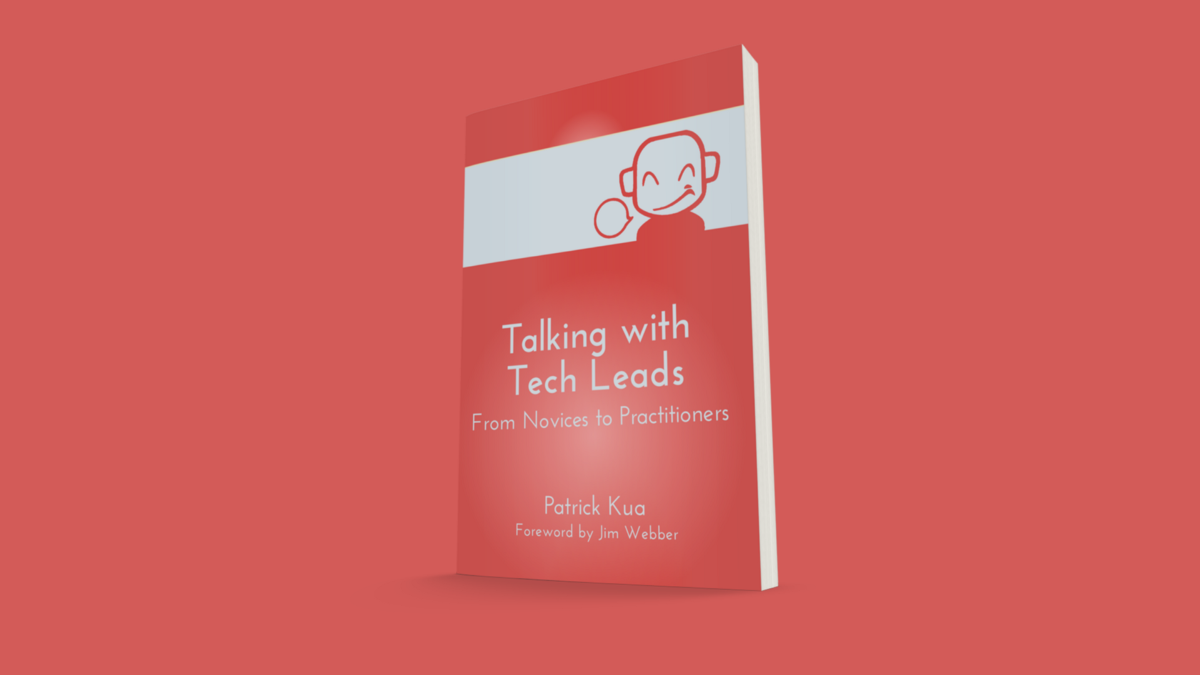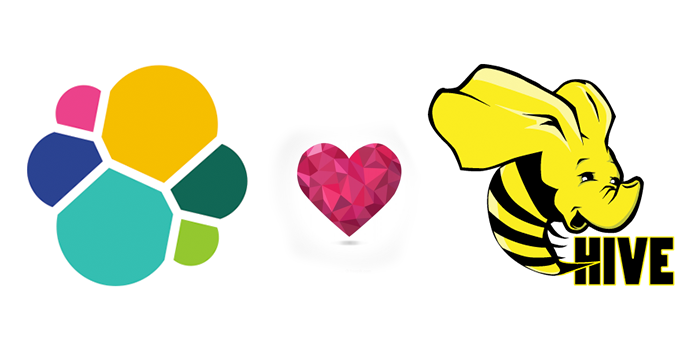Disabling automatic kernel starts in SageMaker Studio
The default behaviour in SageMaker Studio is for it to start a kernel whenever you open an existing notebook that has been assigned a kernel before. In my discussions with customers, I have been asked several times how one could modify this behaviour. Automatic kernel starts...












